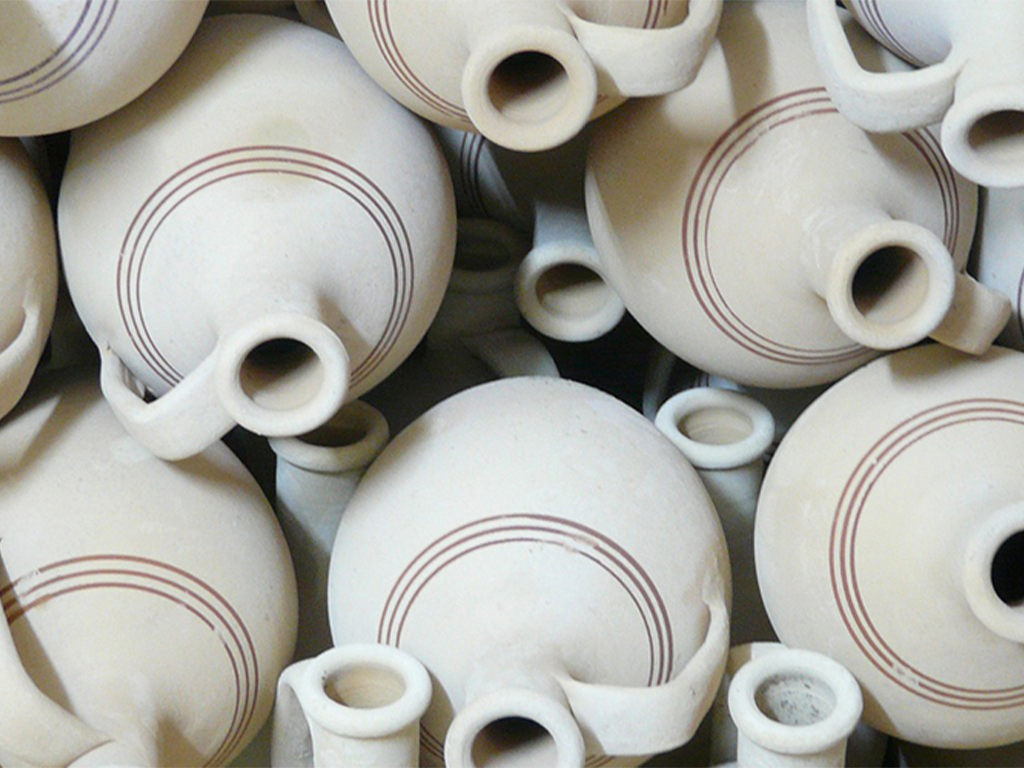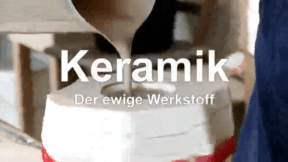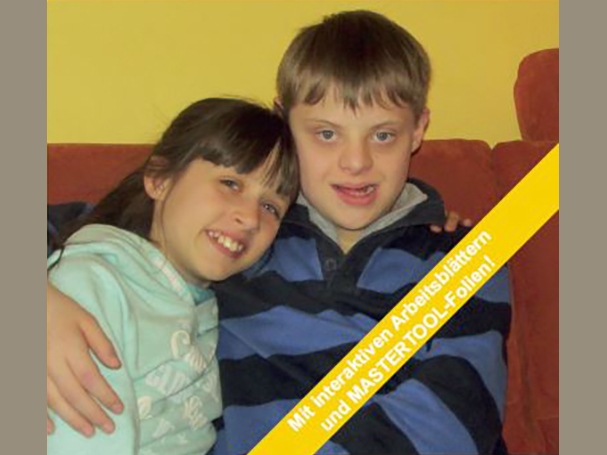 Primary School
Primary School


46505056 / 55504936
Save energy
Heat, electricity
The extraction, generation and consumption of energy is a multi-faceted issue. We humans are required to deal sensitively and sustainably with the existing energy supplies in the world and to discover and establish new energy sources.
The film shows the difference between finite and renewable energies from a differentiated perspective. Divided into the chapters “Heating and Hot Water”, “Electricity” and “Mobility”, the film uses practical examples to show which measures can be taken to use existing energies carefully. At the same time, it gives suggestions on how to save energy yourself, with little effort and to your own advantage.
Interactive tasks, test questions and glossary were created with H5P and can be used without additional software.
Learning objectives:
1. students will learn to differentiate between finite and renewable energy sources.
Students will analyze everyday situations in which energy is used. 3.
3. students argue ways to save energy.
In the detailed data section of the DVD 77 pages of teaching and accompanying material, of which:
20 pages of worksheets and supplements with solutions
10 test tasks
10 interactive tasks


Curriculum-centred and oriented towards educational standards
Matching
Ceramic
Ceramics are indispensable in our everyday lives. We eat from ceramic plates, drink from ceramic cups, use tiled ceramic bathrooms. But how is ceramic manufactured? The film reveals the secrets of this fascinating material! We get to know more about the beginnings of ceramic in the Old World of Egypt and Mesopotamia, about Greece, China and Rome. We gain interesting insights into the valuable earthenware and are also shown the exquisite further development of the "white gold". Today this versatile material is irreplaceable in industry, too. Whether in space or as an easily compatible substitute in medicine, ceramic is applied in many places.









